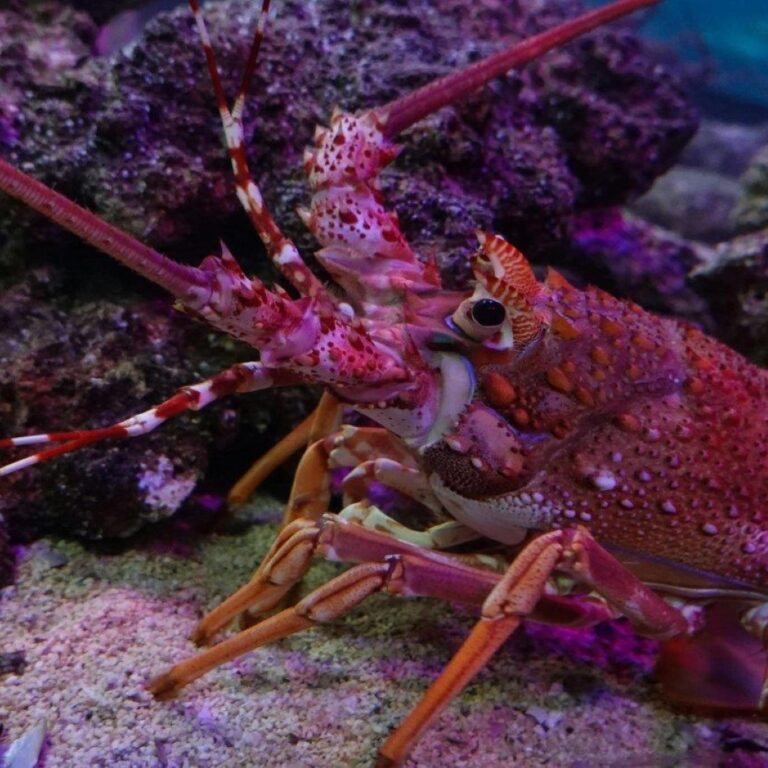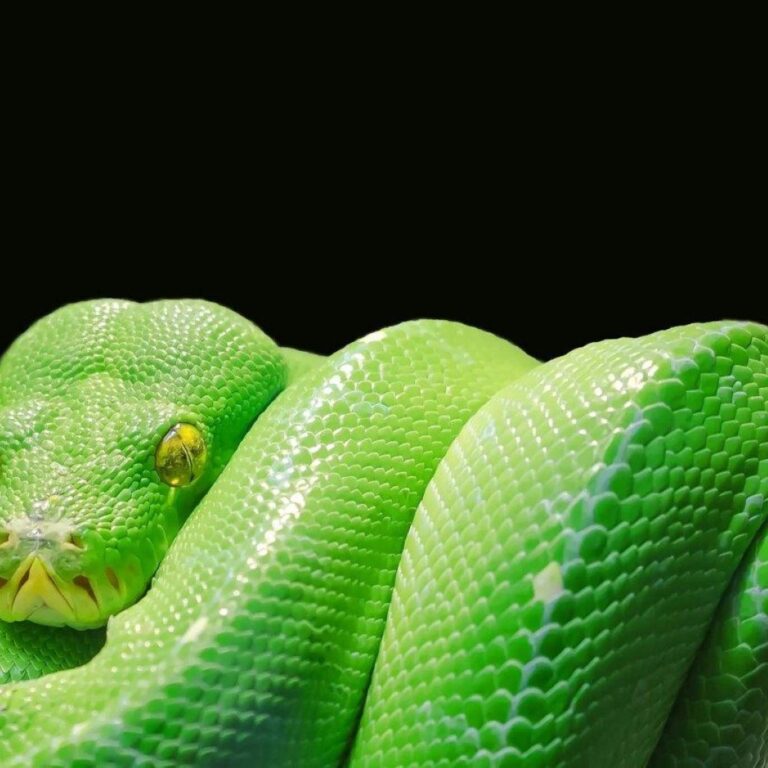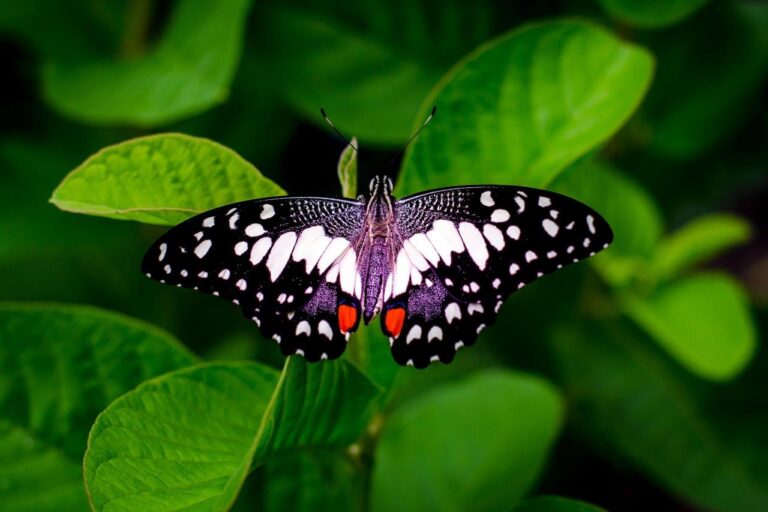Lobsters can live for over 100 years, making them one of the longest-living marine species.
They are known to continue growing throughout their lives, molting their shells up to 25 times in the first five to seven years of life.
They have blue blood due to the presence of hemocyanin, which contains copper, unlike human blood, which is iron-based and red.
Contrary to popular belief, lobsters are not red; they are usually brown, green, or even blue. They only turn red when cooked.
Lobsters have a unique way of walking: they move forward slowly but can swim backward rapidly by curling and uncurling their tail.
The largest lobster ever recorded weighed over 44 pounds and was caught off the coast of Nova Scotia, Canada.
Lobsters have teeth in their stomachs. They use a structure called the gastric mill, located in their stomach, to grind up food.
A lobster’s claw can exert a crushing force of up to 100 pounds per square inch.
They have poor eyesight but have an excellent sense of smell and taste, which they use to find food.
Females can carry thousands of eggs at once, which are held under their tail until they are ready to hatch.
Lobsters can regenerate lost limbs, including claws, legs, and antennae, though it takes time for these parts to grow back fully.
Lobsters communicate with each other by urinating from openings located near their eyes.
They are nocturnal creatures, usually hiding in rocks and crevices during the day and coming out to hunt at night.
Lobsters can move as fast as 11 mph when they need to escape from predators.
Despite their tough exterior, lobsters are sensitive to changes in water temperature and quality, which can impact their survival.
How useful was this post?
Click on a star to rate it!



